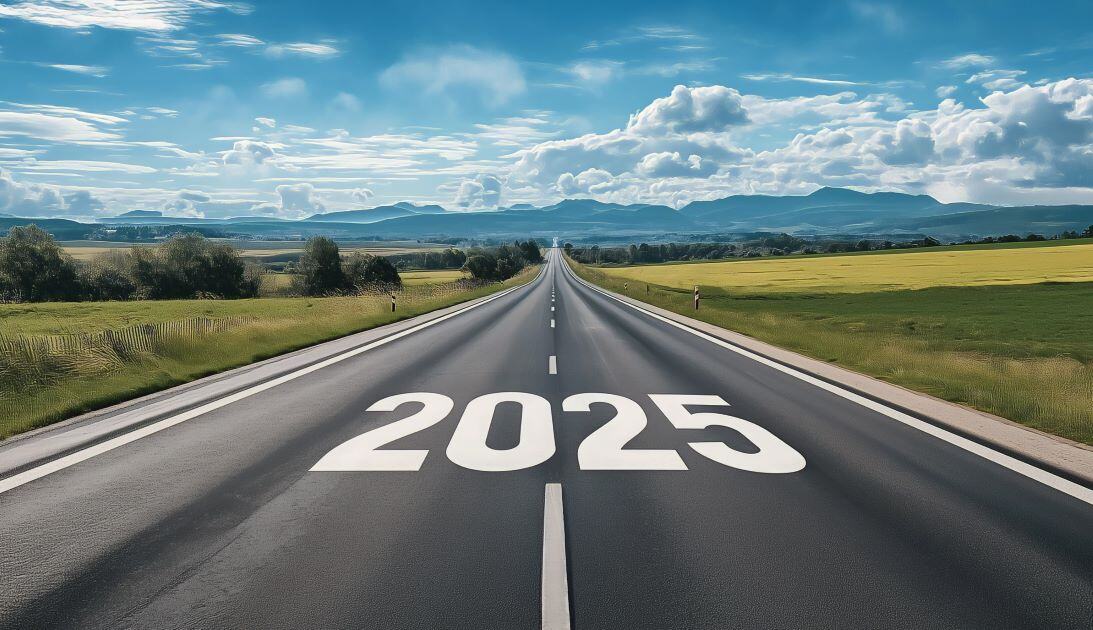6 College Admission Trends to Watch in 2025

What will college admissions look like in 2025? Taking a look at recent and emerging trends can give you some idea — and may help you successfully navigate the constantly changing college admissions landscape. Here are 6 trends to watch.
1. More STUDENTS + more applications = more competition
Applying to college in 2025 is likely to be just as competitive as ever as the number of students applying to college continues to increase. According to a February 13, 2025 Common App report presenting data from the 2024-2025 application cycle, the number of students applying through its application portal increased by 4% from the previous year, while the total application volume increased by 6%.
Also, during this period, the number of colleges that students applied to rose by 1%, or an average of 6.10 schools per student. Applications were also up for students identifying as underrepresented minority races/ethnicities, first-generation college students, and low-income students.
Growth in applications was lowest at the most selective colleges (institutions with admission rates under 25%). These schools saw application growth of just 4% compared to 6% - 7% at colleges with higher admission rates.
2. Pubic Colleges, Especially in the South, Become More popular
According to the Common App Report, applications to public colleges grew by 10% between the 2023-2024 and 2024-2025 college admissions cycles, while applications to private college members increased by just 3% during this same period. The growth in applications was especially noticeable in the south and southwest, at both public and private schools. For example, applications for the fall 2025 academic term increased at the University of Texas at Austin by 24%, with out-of-state applicants increasing by 48%.
Public universities in the south have become more popular, especially among students in the northeast. As reported in the Wall Street Journal and other publications, over the last several years, schools such as the University of South Carolina, the University of Alabama, University of Mississippi and Clemson University, have all experienced spikes in applications and enrollment from in-state and out-of-state students. While highly selective, private colleges in the region (such as Duke, Vanderbilt, and Tulane) have always been popular with students from all over the county, out-of-state students say they are drawn to southern public colleges for their lower tuition prices, warmer weather, school spirit, top sports teams, strong job prospects in the region, and less political division on campus. At some of these southern schools, we might see admission rates go down.
3. More Colleges Reinstate Testing Policies — and More Students Submit Scores
After suspending test-submission policies during the COVID-19 pandemic, several colleges again are requiring students to submit scores. Brown, Dartmouth, Harvard, Caltech, and Yale, among other schools, required test scores for the 2024-2025 admissions cycle, while Stanford, Cornell, and the University of Texas at Austin are requiring them for the 2025-2026 admissions cycle. MIT reinstated its test-score submission requirement for the 2022-2023 admissions cycle, while the entire University of Tennessee system reinstated the requirement for students applying in 2023-2024.
As more colleges begin requiring test scores, the number of students submitting scores is also increasing. Test score submission among students went up by 11% between the 2023-2024 and 2024-2025 admissions cycles. This is the first time since 2021-2022 that the growth of students reporting test scores has exceeded the growth of students not reporting scores.
According to the Common App Report, the rise in test-score reporting isn’t simply because more schools are requiring test scores; it’s also because more students are submitting test scores to test-optional colleges. According to Maria Laskaris, a private counselor and former Dartmouth dean of admissions, this trend could increase pressure for students to take – and score well – on the SAT or ACT, especially for students applying to the most competitive test-optional programs. She writes in the Top Tier Admissions blog, “Applicant pools at top schools who are still test-optional (including Columbia University and Princeton University, among others) will see larger shares of high-scoring students in their applicant pools, making it harder for most students to gain admission without top scores.””
4. Early Applications and Deferrals Climb
During the 2024-2025 admissions cycle, the number of students applying to colleges under early admission programs (early decision and early action) continued to rise. According the Common App Report, early action applications were up 17% over the previous admissions cycle, while early decision applications were up by 4%.
However, highly selective colleges that reinstated SAT/ACT testing requirements saw a decline in early applications. Brown University, which reinstated test-score reporting for 2024-2025, received 1,200 fewer early decision applications than it did the previous year. This was the smallest pool of early decision applications Brown has received in five years. Yale, which also returned to requiring test scores, reported a 14% decrease in singe-choice early action applications for the 2024-2025 admissions cycle.
With more students overall applying under early admissions programs, it’s not surprising that deferrals reached an all-time high at some institutions. At Vanderbilt, for example, deferrals increased 60% from the previous year, while Yale deferred 20% of early applicants and MIT deferred more than 8,000 applications.
It’s possible that more students will land in the deferred pool in the future (as opposed to getting denied in the early round). For students applying early, this means it will be more important to review the college’s policies for deferred students and to be ready to submit letters of continued interest, if the college accepts them.
5. Some Colleges Struggle Financially, Merge, or Close
Sixteen colleges closed in 2024, a slightly higher number than in 2023, largely because of higher costs due to inflation and declining enrollment. Schools that closed their doors in 2024 were almost exclusively small, private liberal arts colleges, including Wells College in New York, Pennsylvania Academy of Fine Arts, Notre Dame College in Ohio, Birmingham Southern College in Alabama and Goddard College in Vermont. Other colleges merged with or were absorbed by larger universities or significantly cut academic and athletic programs.
The Federal Reserve Bank of Philadelphia projects that the pace of college closings could accelerate in coming years. For students hoping to enroll in a small, private liberal arts college, there may be fewer options. Regardless of the type of school you are interested in attending, it’s important to research the school’s financial stability as well as the longevity of its academic programs.
6. Wider Adoption of AI in College Admissions
It goes without saying that colleges don’t want applicants to use AI to complete their applications and write their essays. Some schools have implemented sophisticated AI tools to spot the use of ChatGPT and published AI usage guidelines on their websites.
At the same time, colleges are increasingly using AI tools in the admissions process, including to screen applicants, review recommendation letters, process transcripts, and answer questions. In a 2023 survey, 50% of college admissions professionals said they were currently using AI in the college admissions process and 82% planned to implement it in 2024. Researchers at the University of Pennsylvania have used AI to identify students’ personal qualities in essays, although this was just an experiment – it wasn’t actually part of Penn’s admissions process.
Some colleges may also use AI to track your interactions with them, such as how much you engage with the college’s website, blog, social media content or college admissions team. Other schools may use AI to interview students and record or transcribe those interviews. As a result, you may see more personalization in communications from some colleges, based on your previous interactions.
We hope this summary of college admissions trends helps you successfully navigate your own path to college. Good luck!



